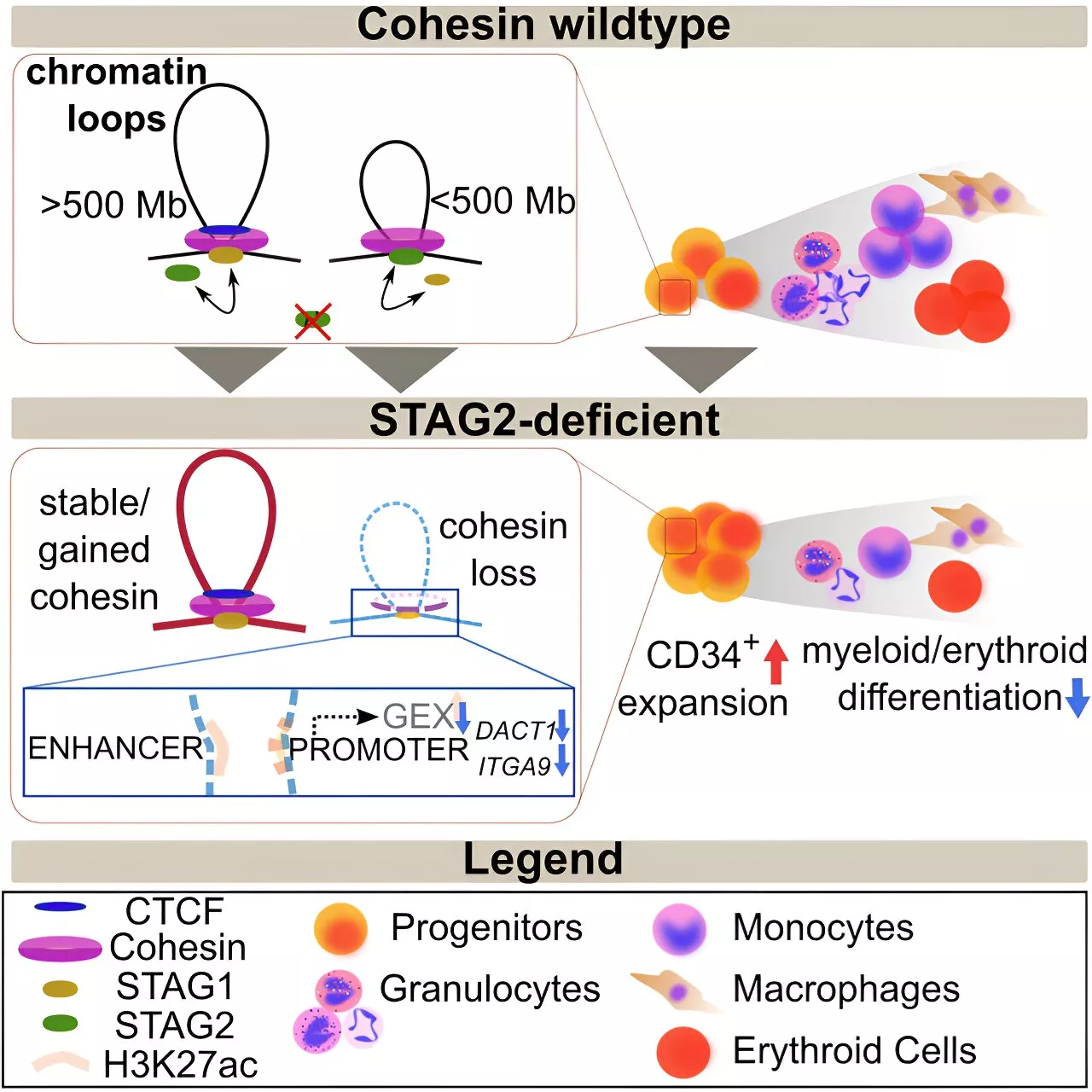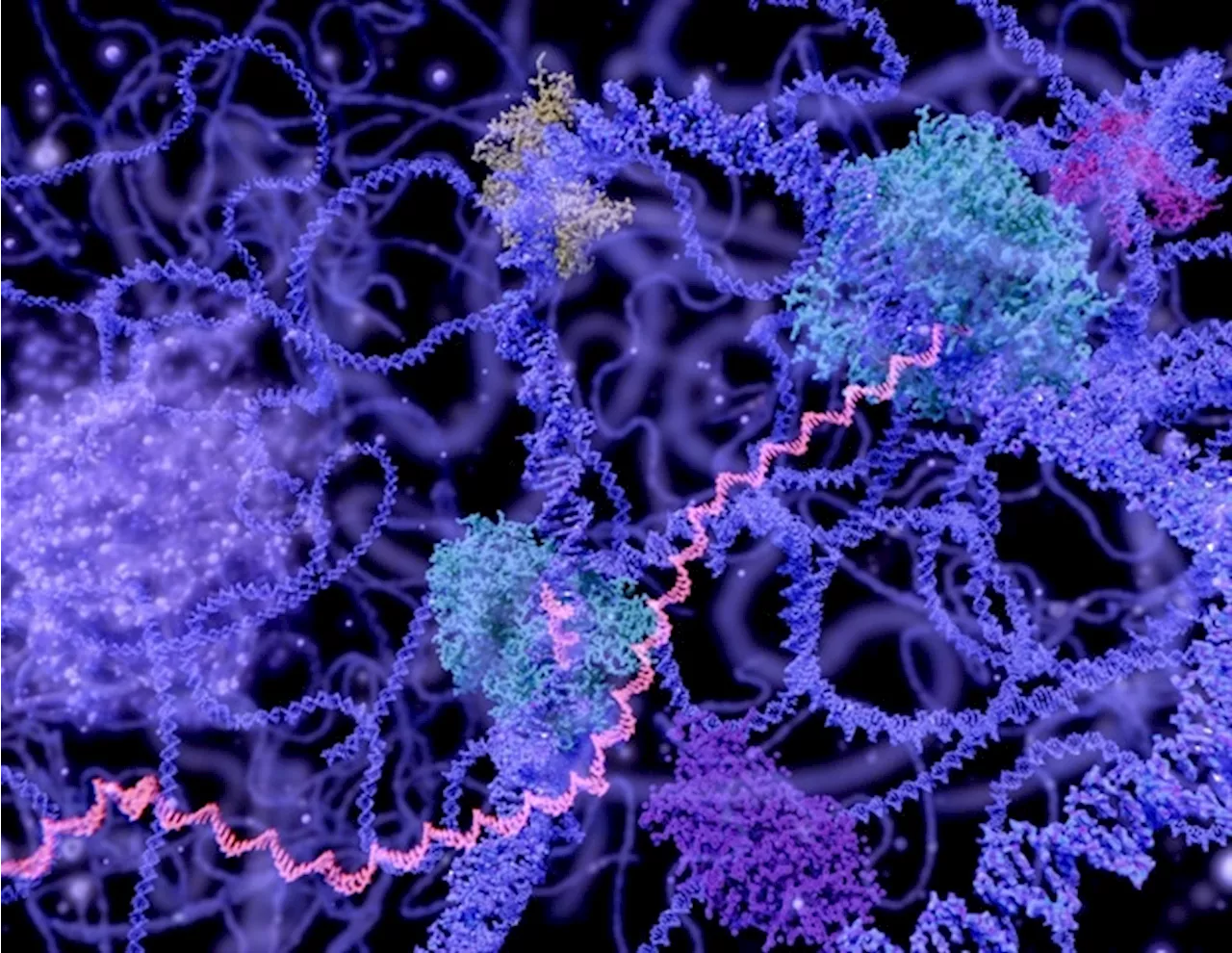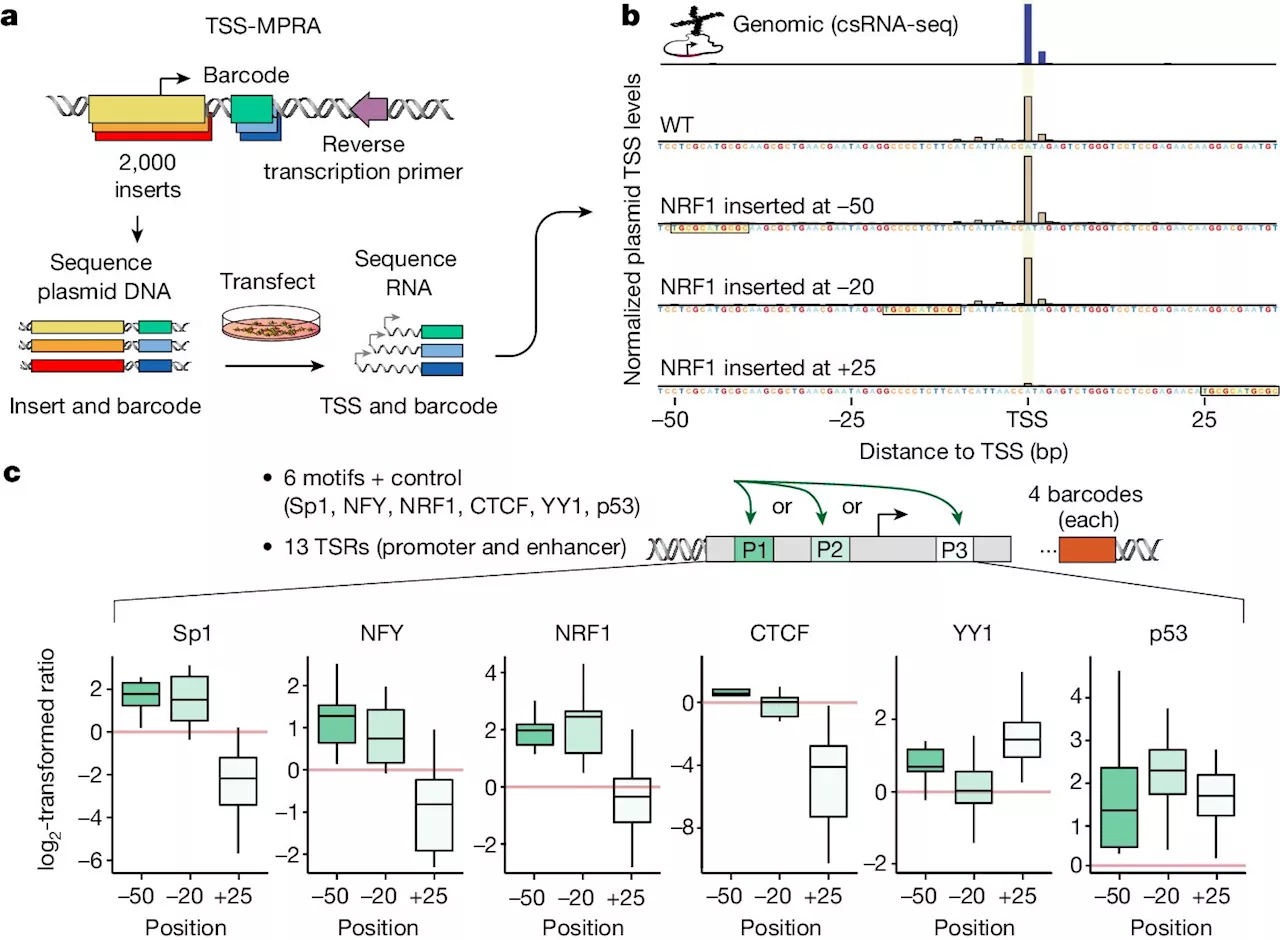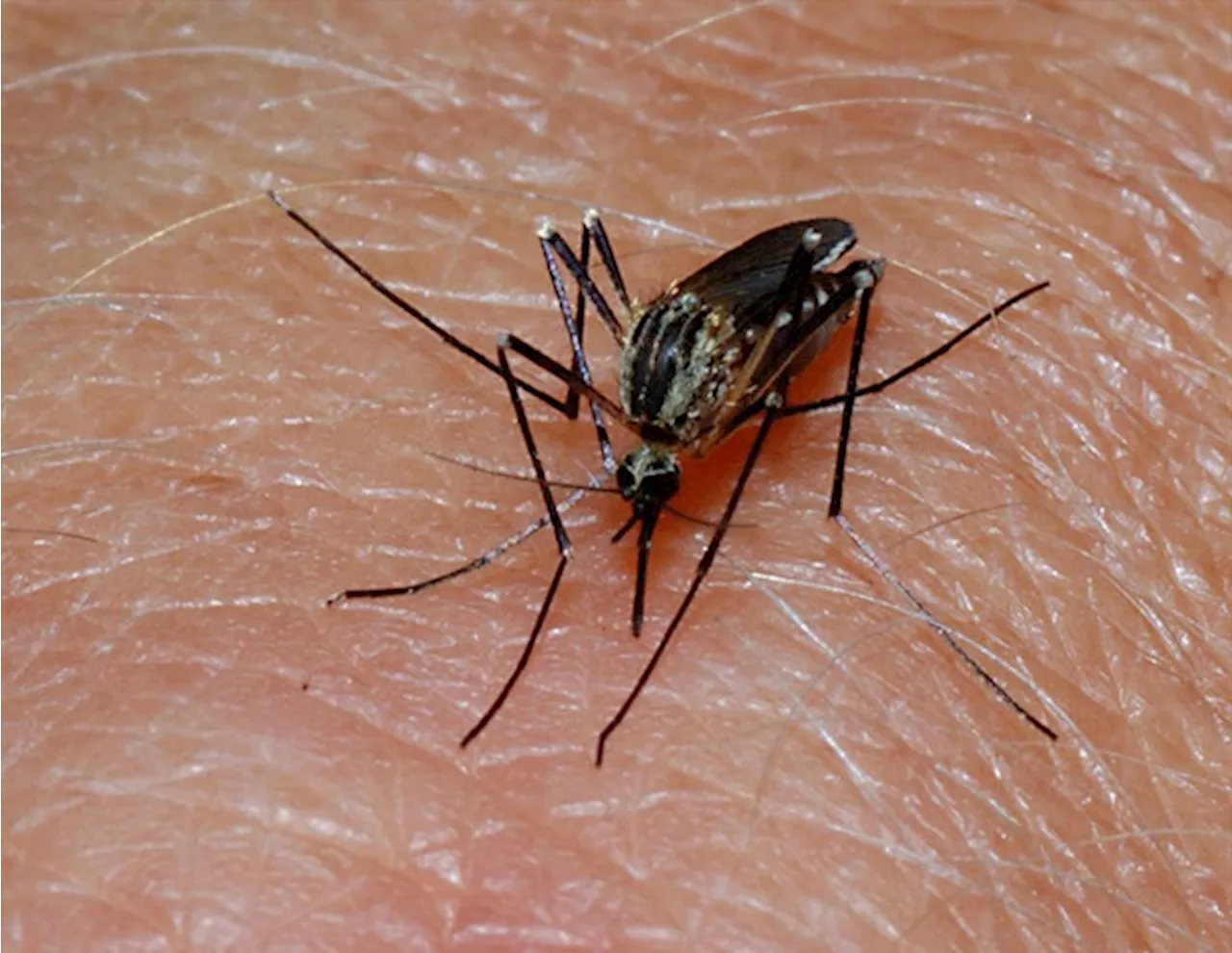For the malaria parasite to reach the blood of its human host, it must first enter the liver, where only a small number of parasites differentiate and replicate for upwards of seven days, making it a bottleneck in the parasite's lifecycle.
Stockholm UniversityAug 21 2024 For the malaria parasite to reach the blood of its human host, it must first enter the liver, where only a small number of parasites differentiate and replicate for upwards of seven days, making it a bottleneck in the parasite's lifecycle. This bottleneck makes the liver stage an optimal target for effective and long-lasting vaccines against the disease.
The combination of Spatial Transcriptomics technology, originally developed in Professor Lundeberg's group at KTH at SciLifeLab, and single-cell RNA-sequencing, allowed the researchers to chart the global gene expression of both the host and the parasite across Plasmodium berghei-infected mouse liver tissues, for the first time.
In comparison to the symptomatic blood stage, the liver stage of the malaria lifecycle is highly understudied, and the development of an effective vaccine is impeded by the current lack of knowledge. The generation of a spatial map of Plasmodium liver infection in the true tissue context is a major advance in addressing this knowledge gap.
Malaria Blood Cell Gene Gene Expression Genes Metabolism Pathogen Research RNA Technology Transcriptomics Vaccine
United Kingdom Latest News, United Kingdom Headlines
Similar News:You can also read news stories similar to this one that we have collected from other news sources.
 STAG2 protein mutations and associated spatial alteration of DNA structure can contribute to development of leukemiaResearchers at the Leibniz Institute for Immunotherapy (LIT) studied hundreds of patients with acute myeloid leukemia (AML). They discovered that specific mutations in the STAG2 protein cause altered DNA folding in the cell nucleus, thereby contributing to the development of AML.
STAG2 protein mutations and associated spatial alteration of DNA structure can contribute to development of leukemiaResearchers at the Leibniz Institute for Immunotherapy (LIT) studied hundreds of patients with acute myeloid leukemia (AML). They discovered that specific mutations in the STAG2 protein cause altered DNA folding in the cell nucleus, thereby contributing to the development of AML.
Read more »
 Spatial patterns of cortical microstructural change can be early indicators of Alzheimer's disease riskFindings from a novel study in Biological Psychiatry: Cognitive Neuroscience and Neuroimaging, published by Elsevier, suggest that using a specialized diffusion weighted MRI scan to monitor the spatial pattern of individual cortical microstructural change in the brain may be a promising approach to characterize individuals who may be vulnerable to...
Spatial patterns of cortical microstructural change can be early indicators of Alzheimer's disease riskFindings from a novel study in Biological Psychiatry: Cognitive Neuroscience and Neuroimaging, published by Elsevier, suggest that using a specialized diffusion weighted MRI scan to monitor the spatial pattern of individual cortical microstructural change in the brain may be a promising approach to characterize individuals who may be vulnerable to...
Read more »
 Spatial pattern of pathological changes in the brain can help identify dementia vulnerability earlyFindings from a novel study in Biological Psychiatry: Cognitive Neuroscience and Neuroimaging, suggest that using a specialized diffusion weighted MRI scan to monitor the spatial pattern of individual cortical microstructural change in the brain may be a promising approach to characterize individuals who may be vulnerable to developing Alzheimer's...
Spatial pattern of pathological changes in the brain can help identify dementia vulnerability earlyFindings from a novel study in Biological Psychiatry: Cognitive Neuroscience and Neuroimaging, suggest that using a specialized diffusion weighted MRI scan to monitor the spatial pattern of individual cortical microstructural change in the brain may be a promising approach to characterize individuals who may be vulnerable to developing Alzheimer's...
Read more »
 Study finds higher levels of lncRNAs in the testes than previously estimatedResearchers at the University of Toronto have mapped the spatial distribution of around 700 long non-coding RNAs, otherwise known as lncRNAs, in the testes.
Study finds higher levels of lncRNAs in the testes than previously estimatedResearchers at the University of Toronto have mapped the spatial distribution of around 700 long non-coding RNAs, otherwise known as lncRNAs, in the testes.
Read more »
 Study reveals how chromatin structure influences social behavior in dogsA new study on dogs found that chromatin's spatial structure has a significant role in the evolution of social behavior.
Study reveals how chromatin structure influences social behavior in dogsA new study on dogs found that chromatin's spatial structure has a significant role in the evolution of social behavior.
Read more »
 Scientists discover new code governing gene activityA newly discovered code within DNA—coined 'spatial grammar'—holds a key to understanding how gene activity is encoded in the human genome.
Scientists discover new code governing gene activityA newly discovered code within DNA—coined 'spatial grammar'—holds a key to understanding how gene activity is encoded in the human genome.
Read more »
